Pet
“The science behind cats’ Quirky Behaviors”
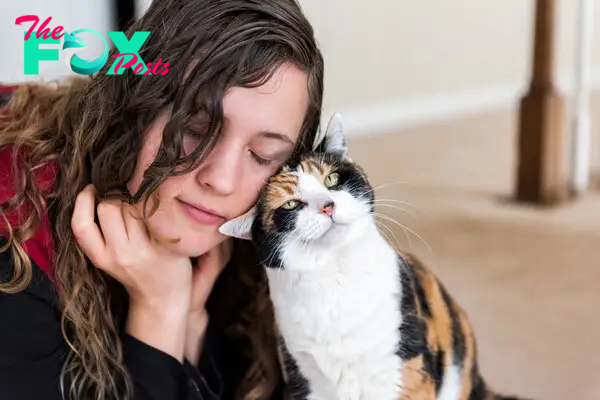
The Science Behind Cats’ Quirky Behaviors
Cats are fascinating creatures, renowned for their Mysterious and often quirky behaviors. While some actions may seem inexplicable to us, there is usually a scientific explanation behind them. Understanding these behaviors can deepen our appreciation for our feline friends and improve our interactions with them.
Kneading: The Comfort Ritual
One of the most endearing yet puzzling behaviors is kneading, where cats press their paws into soft surfaces, often in a rhythmic motion. This action, sometimes referred to as “making biscuits,” is rooted in kittenhood. Kittens knead their mother’s belly to stimulate milk flow. As adults, this behavior is thought to bring comfort, reminiscent of the security they felt as kittens. Additionally, kneading releases endorphins, making cats feel happy and relaxed.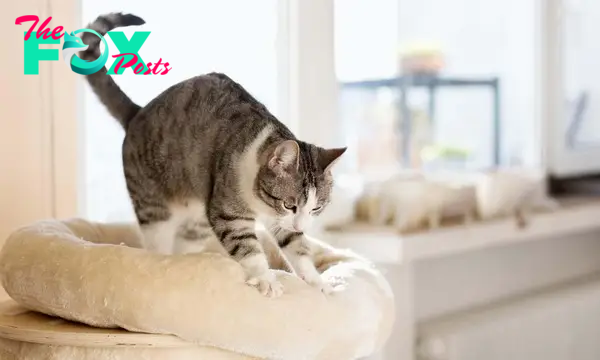
Purring: More Than a Sign of Contentment
Purring is often associated with a cat’s contentment, but it serves multiple purposes. Scientifically, purring occurs when a rePetitive neural oscillator sends messages to the cat’s laryngeal muscles, causing them to twitch at a rate of 25 to 150 vibrations per second. This causes a sudden separation of the vocal cords during both inhalation and exhalation, producing the purring sound. Cats also purr when they are frightened, in pain, or healing. The frequency of purring, between 25 and 150 Hertz, has been shown to promote tissue regeneration, suggesting that purring may have a self-healing mechanism.
The Midnight Zoomies: Predatory Instincts in Action
Cats often exhibit bursts of energy, known as “zoomies,” especially during the night. This behavior is linked to their crepuscular nature, meaning they are most active during dawn and dusk. In the wild, these times are prime for hunting. Even domesticated cats retain these instincts, and the zoomies are a way to release pent-up energy. Providing ample playtime and engaging toys can help manage this behavior.
Head-Butting: A Feline Affection
When a cat head-butts you, it’s a sign of affection and trust. This behavior, called bunting, involves the cat rubbing its head against objects or people. Scientifically, it’s a way for cats to mark their territory with scent glands located in their cheeks and forehead. By doing so, they deposit pheromones that signal ownership and familiarity. When a cat head-butts you, it’s marking you as a safe and trusted companion.
The Fascination with Boxes: Safety and Fun
Cats’ love for boxes is well-documented. From a scientific perspective, boxes provide a sense of security. In the wild, cats are both predators and prey, so having a confined space where they can hide and observe their environment helps them feel safe. Additionally, boxes stimulate a cat’s curiosity and offer an opportunity for play and exploration. The confined space also retains heat, which is appealing to cats, who love warm environments.
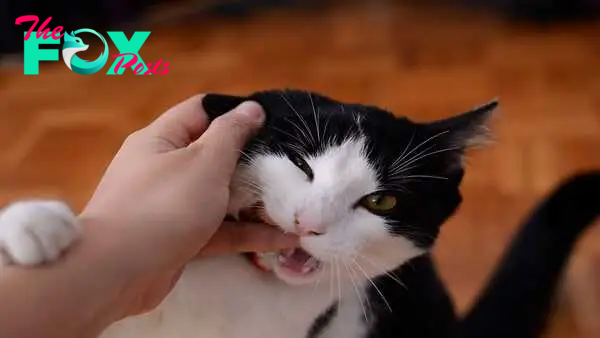
Chirping at Birds: Ancestral Hunting Communication
When cats spot birds or small Animals, they often make a peculiar chattering or chirping sound. This behavior is believed to stem from their hunting instincts. The sound mimics the calls they would make when closing in on prey. Some scientists also believe it’s an expression of frustration at being unable to reach the prey. This behavior highlights the deeply ingrained predatory nature of cats, even in domestic settings.
Tail Twitching: A Window into Emotions
A cat’s tail is a significant indicator of its emotions. A twitching or flicking tail can signal irritation, excitement, or concentration. When hunting or playing, the tail flicks can indicate a cat’s focus and anticipation. Understanding these tail movements can help cat owners gauge their Pet’s mood and react appropriately, whether giving space or engaging in play.
Slow Blinking: The Cat’s Way of Saying ‘I Love You
Cats communicate affection through slow blinking. When a cat slowly blinks at you, it’s a sign of trust and relaxation. In the wild, closing their eyes would make them vulnerable, so a slow blink indicates they feel safe. Cat behaviorists suggest mimicking this behavior by slowly blinking back, as it can strengthen the bond between you and your cat.
-

 Pet1m ago
Pet1m agoCelebrating Me: A Journey of Self-Love and Independence on My 5th Birthday.lamz
-

 Pet1m ago
Pet1m agoHeroic Rescue and Heartwarming Adoption: A Brave Police Officer’s Unforgettable Journey with an Adorable Puppy.hanh
-

 Pet1m ago
Pet1m ago¡Felicidades en tu día! Tranquilo, ¡los mejores deseos siempre llegan cuando tienen que llegar!.lamz
-
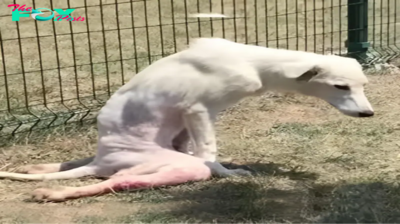
 Pet1m ago
Pet1m agoFrom Abandoned to Empowered: A Dog Reclaims Its First Steps After Being Left Behind.hanh
-
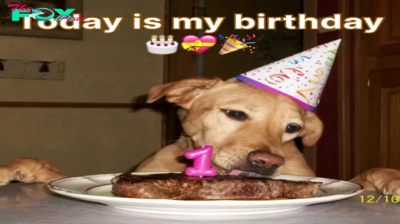
 Pet1m ago
Pet1m agoA Silent Celebration: My Birthday 🎂🎁🎈🎉 Without Wishes Yet.hanh
-

 Pet1m ago
Pet1m agoA pesar de una década de devoción, Annie fue cruelmente abandonada como si no fuera nada cuando su dueño se fue.lamz
-
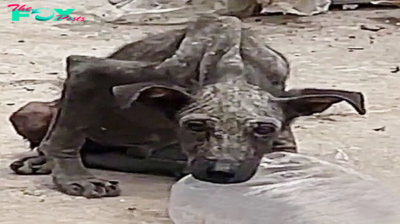
 Pet1m ago
Pet1m agoFrom Neglect to Nurture: Transforming a Skeletal Stray Dog with Unconditional Love.hanh
-
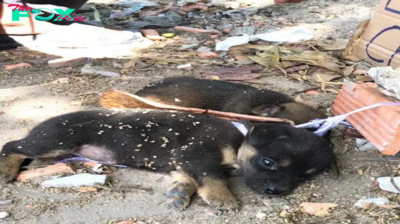
 Pet1m ago
Pet1m agoAn inspiring tale of rescuing two innocent puppies from heartless sellers, emphasizing the importance of compassion and protection for vulnerable animals.hanh


























